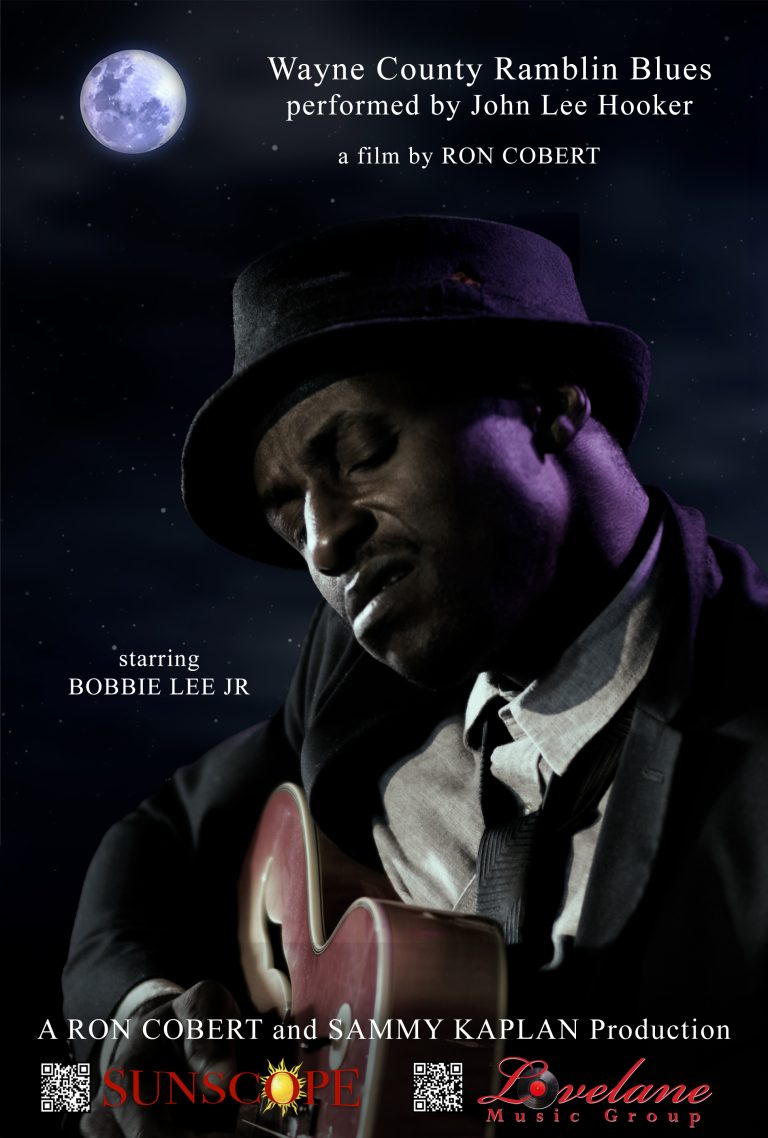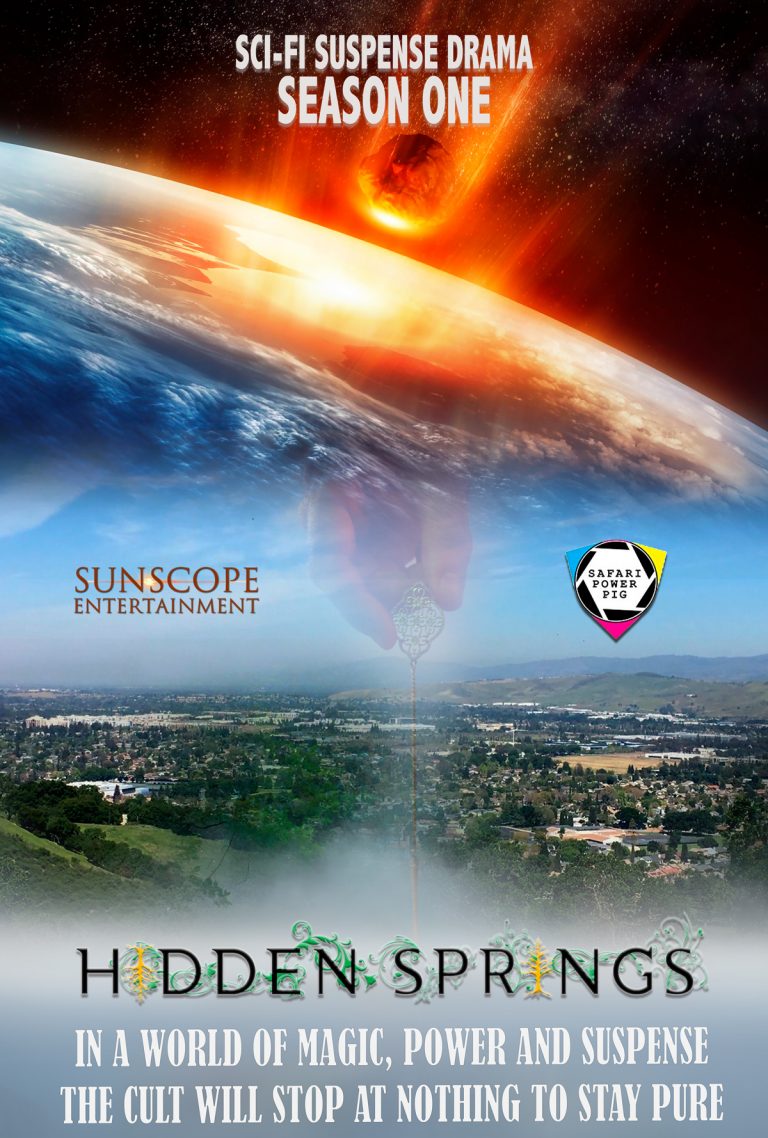We are always on the move communicating with those who keep us all creating. Sunscope’s customized strategy will maximize your audience, revenues, impact, and career based on your film’s content and opportunities, from theatrical and television to direct sales, domestically and internationally.
Submitting Completed Film & TV Basic Guidelines:
- Films must be at least 70 minutes in length.
- Visible production value on screen, despite your budget.
- Any Genre
- Music and Effects (M&E) tracks must be available for international sales consideration.
- You must be able to provide an uncompressed, HD digital master of your film on a hard drive.
Mediums
- Limited Theatrical – available for select films.
- Cable and TV – Time Warner, Comcast, DirectTV, Dish and Traditional Network, UHD/4K – Roku, MGo, Samsung, LG and other SmartTVs
- SVOD (Subscription) – Amazon Prime, Hulu Plus, YouTube Red, ConTV, Dove, Netflix (for films with names)
- AVOD (Ad-supported) – Hulu, TubiTV, Docurama
- Retail DVD/Bluray – Walmart, Target, Barnes & Noble, Best Buy, FYE, Amazon and many other Online retailers
- TVOD / PVOD (Paid Transactional) – iTunes, Vudu, PlayStation, Xbox, Amazon Instant Video, Google Play, FandangoNow, Hoopla, Vimeo
Theatrical Distribution Rights. The right to exhibit the work in theaters open to the general public on a regularly scheduled basis where admission fees are charged to view films.
Pay Television. Distribution via pay/cable, over-the-air pay TV, master antenna, community antenna, closed circuit, multipoint distribution services and similar means where viewers pay for the right to review the work. This category includes hotel, motel, hospital and the like, but excludes free television distribution.
Free Television. Distribution via television broadcast methods. It includes, for example, network and syndication television broadcasts, transmissions by over-the-air satellite and similar methods where the consumer is not charged a recurring access fee.
Video-On-Demand. VOD allows the viewer to request, for home or other non theatrical viewing, a program on a television or viewing screen that is sent via some signal directly to the consumer and not to the general public for viewing at a time and place selected by the consumer. Thus, it is distinguished from pay-for-view where the consumer does not request a particular signal at a particular time.
Transactional-Video-On-Demand. TVOD allows the consumer/purchaser to screen the work for a distinct fee at a time and place determined by the consumer and which is distributed by a platform charging the fee. TVOD includes Electronic-Sell-Through (EST), which allows the consumer to permanently retain a copy of the work. TVOD may also include Pay-Per-View (PPV) in which the consumer purchases a specific work from a pay-per-view platform for viewing at variable times and where the transmission creates temporary copies of the work. Examples of TVOD and EST include iTunes and Amazon.
Subscription-Video-On-Demand. In SVOD the consumer pays a fee to subscribe to a service that gives the consumer access to a library of works for a period of time for viewing at a time and place selected by the subscriber; Netflix, Amazon and Hulu are examples.
Ad-Sponsored-Video-On-Demand. In AVOD, a platform gives the consumer access to a library of works for a period of time for viewing at a time and place selected by the consumer but the platform inserts advertising into the works. On platforms like Hulu, the consumer is given the choice between viewing with inserted ads or subscribing to the service for access to its library.
Home video. Home video involves the rental or sale of tangible/physical copies (videograms) of the work to consumers. Formats may include DVD, Blu-ray or other electronic storage devices. The consumer purchases or rents videogram copies for use on home television sets; that is, playback devices directly connected to or forming an integral part of a television receiver or device.
Semi-theatrical, Non Theatrical, Nontraditional Theatrical. This involves the exhibition of the work to audiences by organizations who are not primarily engaged in the business of exhibiting films to the public and whose purpose is generally educational, cultural, religious, charitable and the like. This includes educational institutions, film societies, film festivals, museums, hospitals, government agencies and religious institutions. Commonly, the purchase price or rental fee for copies of works sold or rented to the non theatrical market are higher than home video (discussed above) because the fee includes the right to show the work to groups of people in classrooms, auditoriums, etc. Gravitas, Gathr and Tugg are examples of distributors in this market.
Educational A/V. This includes the sale, lease and rental of works on film or videograms to universities, schools, libraries, museums or similar institutions for exhibition directly to audiences or close-circuit exhibition.
Transportation. This category includes in-flight exhibition, ships at sea, oil rigs, military and the like.













